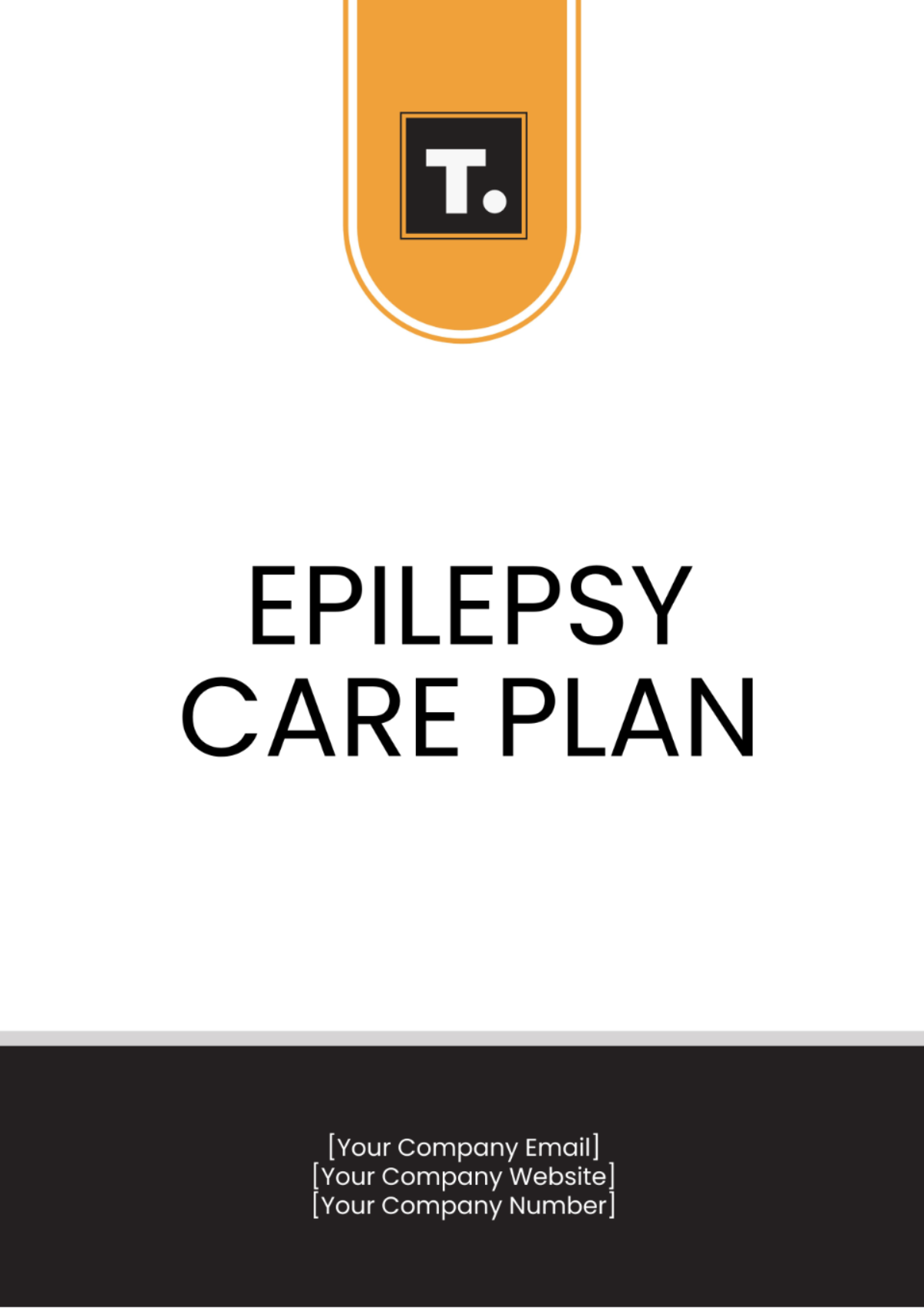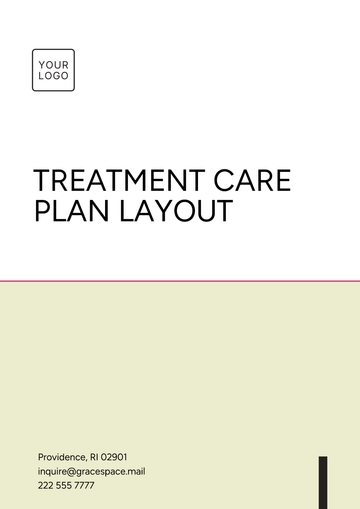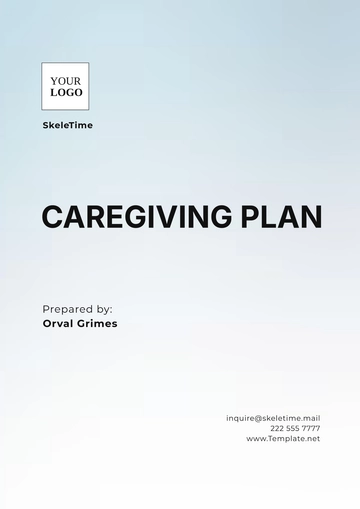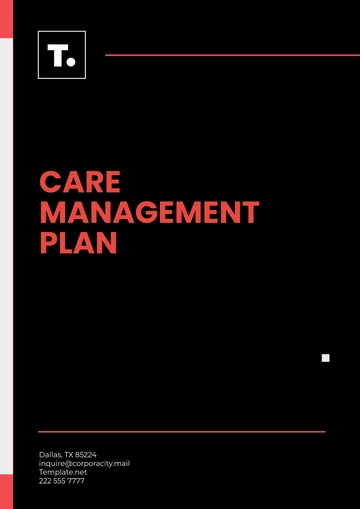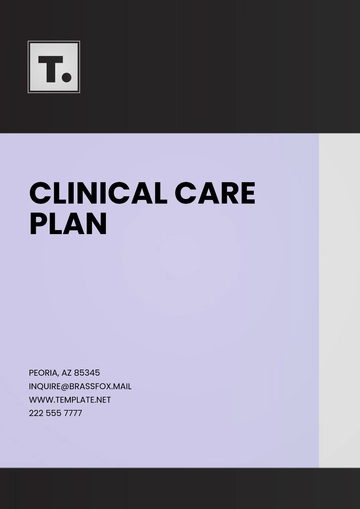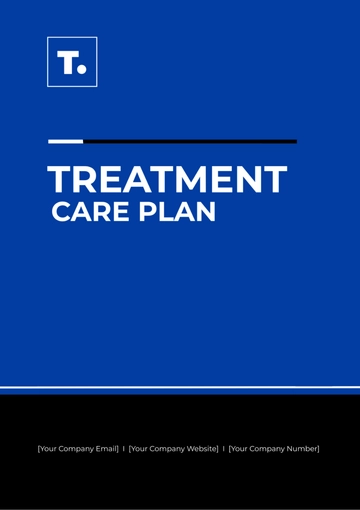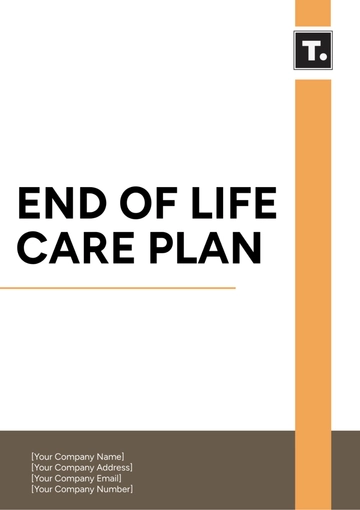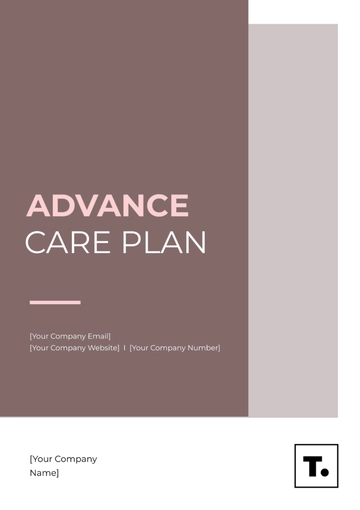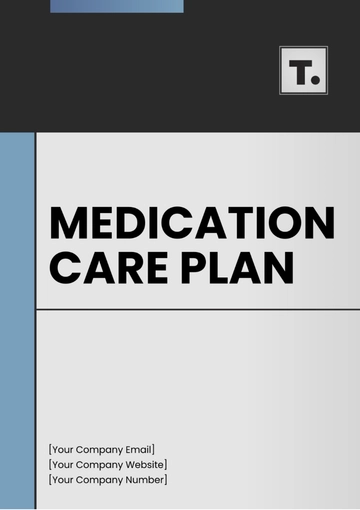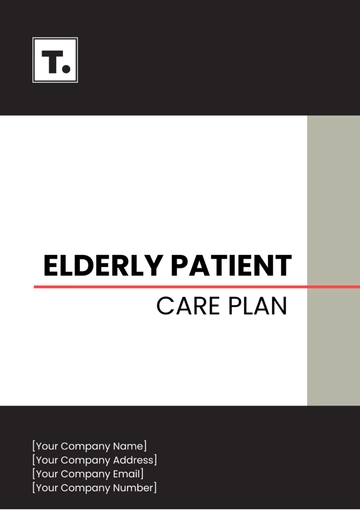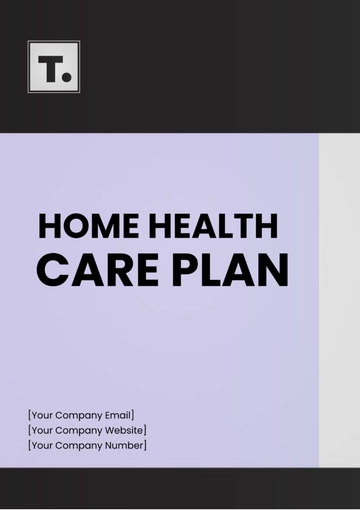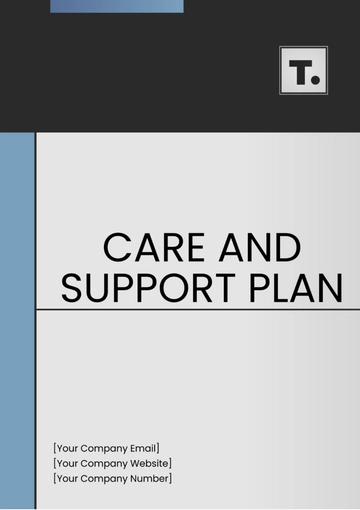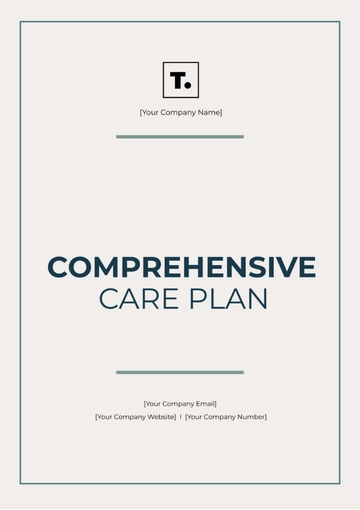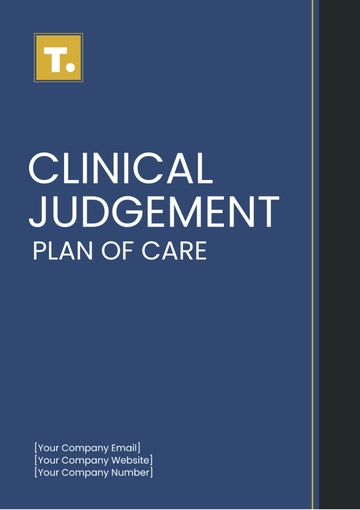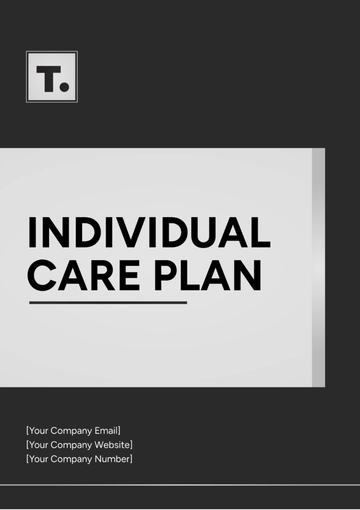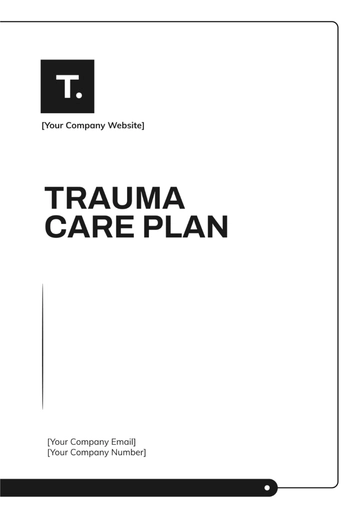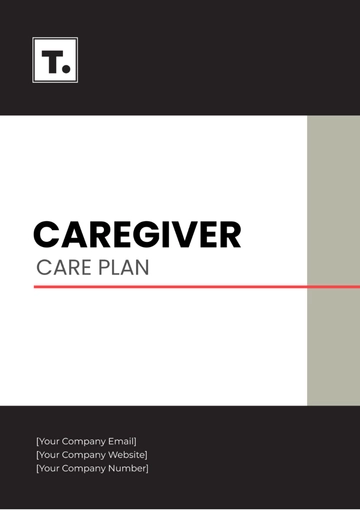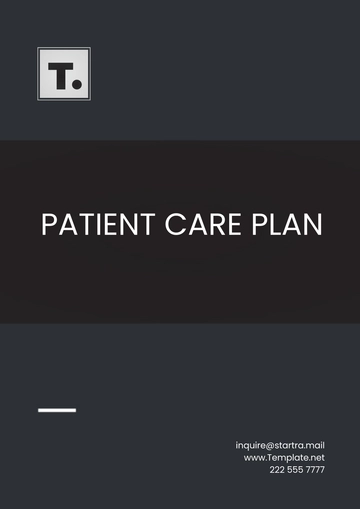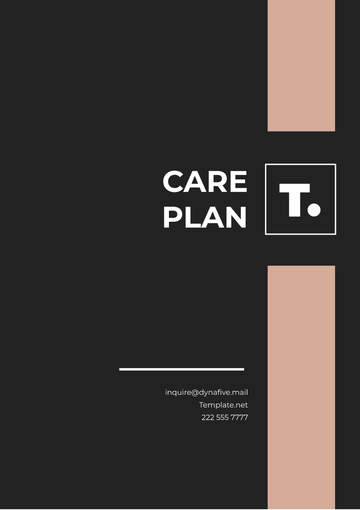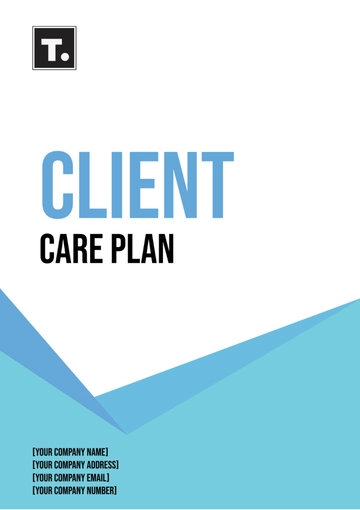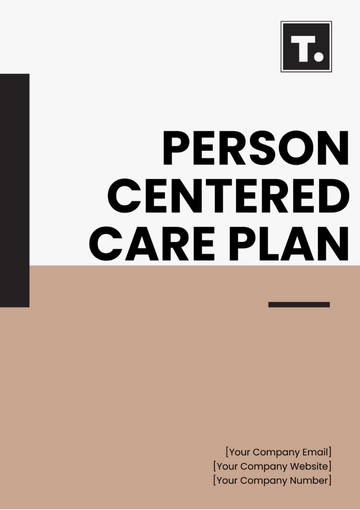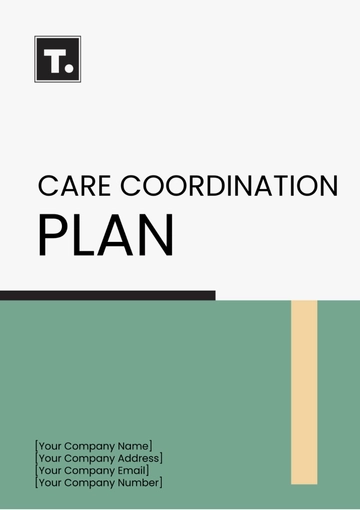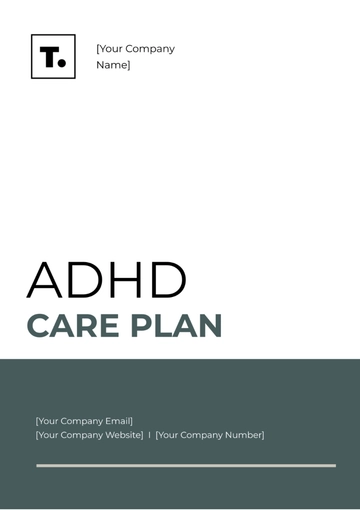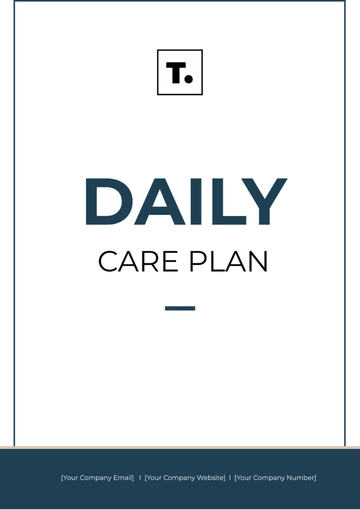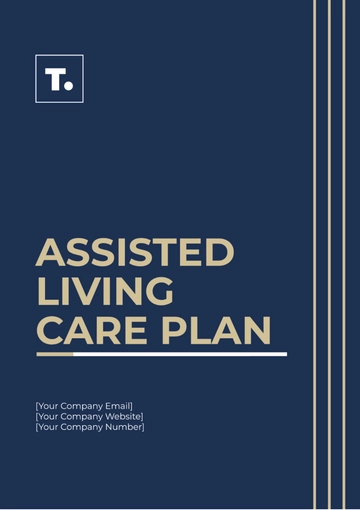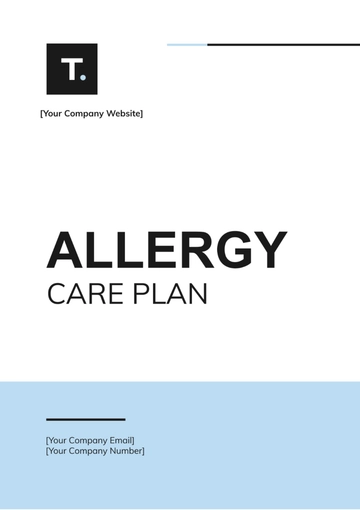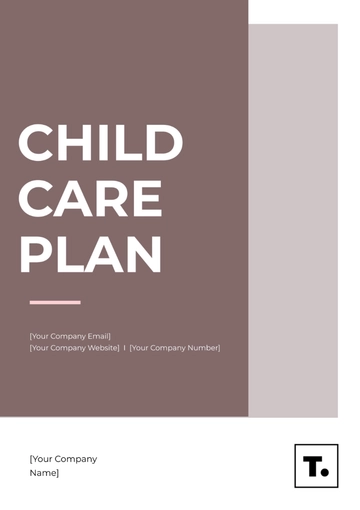Epilepsy Care Plan
Prepared by: [Your Name]
Date: [Date]
I. Patient Information
Name: [Patient's Name]
Date of Birth: [Date of Birth]
Emergency Contact: [Name, Relationship, Phone Number]
Physician: [Your Name]
II. Medical Information
Diagnosis: Epilepsy
Type of Seizures: Generalized Tonic-Clonic
Date of Diagnosis: [Diagnosis Date]
Medications:
Carbamazepine, 200 mg, twice daily (8 AM, 8 PM)
Clonazepam, 0.5 mg, as needed for acute seizures
Allergies: Penicillin
Other Medical Conditions: Hypertension
III. Emergency Response Plan
A. Recognizing a Seizure
Common Triggers: Lack of sleep, high stress, flashing lights
Signs of a Seizure: Sudden loss of consciousness, stiffening of muscles, jerking movements, foaming at the mouth, confusion after regaining consciousness
B. During a Seizure
Stay Calm: Keep calm to help the patient stay safe.
Time of the Seizure: Note the start time of the seizure.
Protect from Injury: Clear the area of dangerous objects. Do not restrain the patient.
Turn on Side: If possible, turn the patient onto their side to keep the airway clear.
Support Head: Place something soft under their head.
Do Not Put Anything in Mouth: Do not insert any objects into the patient's mouth.
Observe and Record: Note the duration and symptoms of the seizure.
C. After the Seizure
Check for Injuries: Assess the patient for any injuries.
Reassure the Patient: Offer comfort and reassurance as they regain awareness.
Rest: Allow the patient to rest as needed.
Record Details: Document the seizure in the logbook (date, time, duration, description).
D. When to Call Emergency Services
Seizure lasts more than 5 minutes.
Multiple seizures occur without full recovery in between.
The patient has difficulty breathing or is injured.
The patient does not regain consciousness after the seizure.
Seizure occurs in water.
IV. Daily Care Routine
A. Medication Management
Administer Medications: Ensure medications are taken as prescribed.
Monitor Side Effects: Watch for and report any adverse reactions to medications.
Keep a Medication Log: Document each dose given.
Date | Medication | Dosage | Time | Administered By |
|---|
[Date] | Carbamazepine | 200 mg | 8 AM | John Doe |
[Date] | Carbamazepine | 200 mg | 8 PM | Jane Doe |
[Date] | Clonazepam | 0.5 mg | PRN | John Doe |
B. Lifestyle and Routine
Regular Sleep: Ensure the patient maintains a regular sleep schedule (8 hours per night).
Balanced Diet: Encourage a healthy, balanced diet and regular meal times.
Hydration: Ensure adequate fluid intake (at least 8 cups of water per day).
Avoid Triggers: Help the patient avoid known seizure triggers.
Stress Management: Encourage activities that reduce stress (e.g., yoga, meditation).
C. Safety Measures
Home Safety: Install safety devices (e.g., padded furniture, and non-slip mats).
Supervision: Ensure the patient is supervised during high-risk activities (e.g., bathing, cooking).
Medical ID: Ensure the patient wears a medical ID bracelet at all times.
Emergency Plan: Keep emergency contact information readily available.
D. Monitoring and Communication
Regular Check-ups: Schedule and attend regular appointments with the neurologist (every 6 months).
Open Communication: Maintain open communication with the patient regarding their condition and any concerns.
V. Education and Support
A. Caregiver Training
B. Support Resources
VI. Review and Updates
Plan Templates @ Template.net
